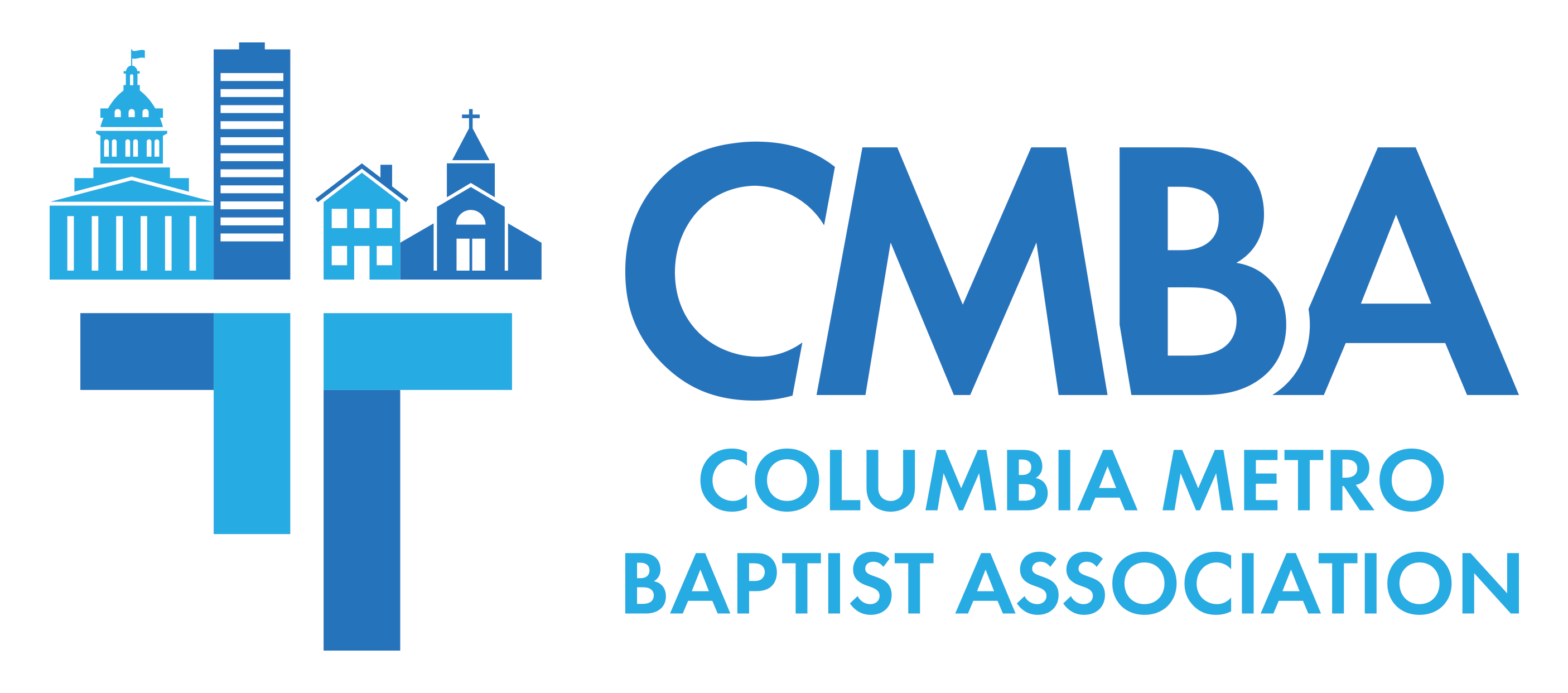I believe in smaller membership congregations. Those who have less than 100 in average weekly face-to-face attendance. Not only are they most of the congregations in CMBA, but they are likely – as we emerge out of the toughest times of the pandemic – upwards to two-thirds of all our congregations.
People in smaller membership congregations are persons of worth created in the image of God to live with vitality and love with vibrancy. They can serve as congregations of great beauty, beaming as faithful Christians to our Triune God, one another, and the missional engagements of our association to share the gospel with all who have not received Jesus as their Savior.
Hallelujah and praise God for these congregations.
However, they are often stuck, plateaued, or declining numerically as congregations. Once larger – in many cases – their dreams look backwards to what they once were. Some strive to engage in processes that may transform them spiritually and strategically. Others struggle to hold things together for the fellowship and deep sense of Christian and emotion community with one another.
Someone should have worked with many of these congregations years earlier to look at choices for the long-term vitality and vibrancy of their congregation. Likely someone did, but various ones of the congregations were not listening to the voice of God to move them in a different direction. They were unmotivated to change directions, but instead pushed harder or hoped for a pastor who would lead turnaround.
Usually these were fantasies – not realities.
During my time as executive director of CMBA, I have sought to help many smaller membership congregations understand the critical capacity issues affecting their present ministry. Too many are not ready to hear about these critical capacity issues. In my case, I have assessed that I needed about ten years to gain their confidence through building a deep relationship with them before they could hear and internalize the truth about their situations.
I may have one or two more opportunities to impress these congregations with what is known about their situations. With that in mind, here are a few things I would like to share.
First, we must remember that we are in the Bible Belt where Baptists are the dominant Christian group. Churches are everywhere. Plenty of these are not smaller membership congregations. Often they have abilities inaccessible to smaller membership congregations. When new families or new generations of families that attend a smaller membership church, look for a church, they typically choose a larger church with more programs, ministries, and activities to offer.
An older congregation that has declined in numbers or which has always been a smaller membership congregation must understand the numerology of critical congregational capacity in the Bible Belt where Baptists are the dominant Christian group. The numerology is different in other locations.
- To offer an essential number and variety of programs, ministries, and activities that will appeal to typical households over many years, a congregation must average 125 to 135 in average attendance. With the typical household in South Carolina having 2.5 people living in it, that means 50 households must be present on a typical Sunday for worship. Less than that number lowers the likelihood new people will connect with a congregation unless there is something of exceptional value in that congregation.
- From these 50 households there must be a minimum of 21 true leaders and 42 more people seen as followers or people who assist these leaders periodically or regularly with the efforts they lead. In other words, 63 actively engaged people. Anything less than this number and the congregation is more passive than active, more struggling than striving, more despairing about its long-term future than confident.
But wait!
When smaller membership congregations have great clarity about God’s empowering vision for its future, and align everything it does to fulfill that future, this nullifies the numerology. Five decades of experiences tell me that no more than 20 percent of smaller membership have this clarity and alignment. It is the remaining 80 percent that CMBA desires to help with gaining this clarity and alignment about its future.
If you are a congregation of less than 100 in average weekly worship attendance, are you part of the 20 percent or the 80 percent? Let’s talk!

